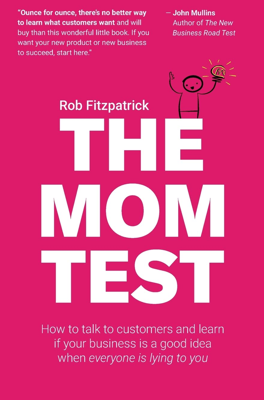Asking Important Questions
When applying The Mom Test, it's crucial to ask meaningful questions that directly impact your business direction instead of safe, trivial ones. The effectiveness of the questions can be gauged by their potential to invalidate your business idea. Questions should be frightening enough to possibly revolutionize or dismiss your current business model.
Facing Scary Realities
Part of why key questions are avoided is their potential to deliver bad news which might reveal fundamental flaws in a cherished business idea. However, bad news is actually beneficial; it brings you closer to understanding real market demands and can save significant resources. Cherishing bad news and seeing it as progress means finding out sooner rather than investing more into flawed concepts.
Examples of Conversational Pitfalls
The text illustrates a failed conversation example where quick, surface-level questions misinterpreted as validation drive the discussion into an unproductive loop of assumption and false positives. In contrast, a good conversation includes broad, open-ended questions to determine if a problem area truly matters to the customer before delving deeper, helping to avoid costly misdirection and focusing on genuinely valuable problems.
Importance of Well-Placed Questions
In addressing big, scary questions, another common error is ignoring pressing business risks, like the financial or logistical feasibility underlying customer problems. This might lead to developing a solution for a genuine problem that customers unfortunately cannot afford or practically implement, rendering the business model non-viable.
Systematic Questioning
It is advisable to prepare the three most important questions you want answers to before any customer conversation. This preparation helps ensure that you focus on gathering valuable information that addresses critical uncertainties in your business model. The questions might vary based on the customer type but should always aim to clarify key elements that determine the direction of your business efforts.
